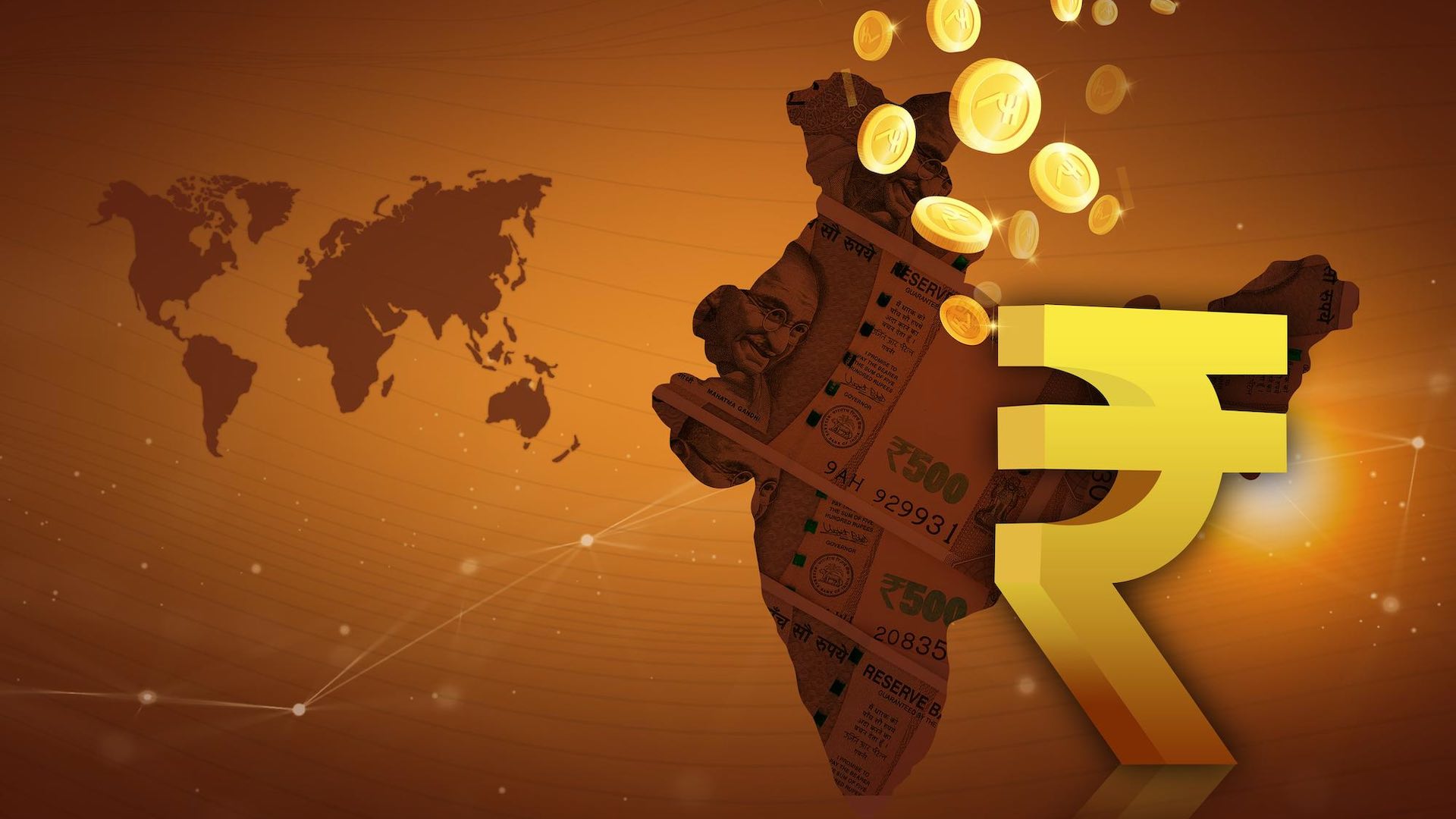In the tapestry of rural Indian life, two figures stand out – the tale of Ranveer and Shraddha, hailing from Dharmapur, a hamlet nestled near Ranchi. Their intertwining stories shed light on the drastic transformation of India under Prime Minister Narendra Modi’s rule. Ranveer, the son of the village head, has a perverse fondness for Shraddha, a simple girl from the same village. However, his admiration was far from innocent. Before the dawn of the Modi era, Shraddha was amongst the 30 crore women forced into a humiliating ritual of open defecation each morning, an ordeal Ranveer and other local boys exploited. With the advent of the Swachh Bharat Abhiyan, Ranveer’s grotesque amusement ceased, as Dharmapur, like countless Indian villages, became open defecation-free.

As another consequence of progress, Ranveer lost the opportunity to torment Shraddha during her grueling 12-mile daily trek for water. The implementation of the Jal Jeevan Mission delivered tap water to Shraddha’s household, changing the lives of over 50 crore individuals almost overnight. Shraddha found an unexpected delight in a simple luxury – a bath with two buckets of water. A direct fund transfer scheme, ushering in the era of financial inclusion, meant Shraddha no longer needed to collect her father’s money from Ranveer’s house. Ranveer felt targeted, as though PM Modi himself conspired to distance Shraddha from him.
The transformative policies continued. Shraddha’s family received gas cylinders under the Ujjwala Yojana, freeing Shraddha from her dangerous trips into dense jungles for firewood. PM Modi’s government effectively combatted the region’s Naxalism, enabling Shraddha to travel to Ranchi to learn computer skills for free under the Skill India Program. Subsequently, she secured a job as a computer operator, uplifting her family financially and emotionally.
Shraddha’s younger brother was even able to venture to Delhi to prepare for the JEE entrance exam, unperturbed by the bomb threats that once plagued the capital. Dharmapur, once lacking electricity, was among the 13,523 villages electrified, enabling Shraddha’s farmer father to exploit technology and apply for government schemes. His crops, once vulnerable to draught and lightning, were now insured.
The multiplier effect of PM Modi’s policies reflected in the increased profits from Shraddha’s father’s crops. He secured a loan under a government scheme to purchase a tractor, negating the need to rent from Ranveer’s family, further widening the gap between Shraddha and Ranveer. Shraddha’s brother, despite failing to crack JEE, returned to Dharmapur and kickstarted a trading business of seeds and fertilizers with a loan from the Mudra Scheme. This development meant farmers no longer needed to make the arduous journey to Ranchi for fertilizer purchases.
This story of transformation represents a microcosm of PM Modi’s forward-looking policies, which have catapulted India onto the world stage as a superpower and propelled it into the top five global economies. Shraddha’s tale mirrors countless others, all beneficiaries of a growth and development trajectory unseen in the last seven decades of Congress dynasty rule.
The joy on Shraddha’s face, courtesy of a new toilet seat, may seem insignificant to some. However, to her and many others, it’s a luxury surpassing that of a german luxury car. As for Ranveer, he embodies those who yearn for an exploitative past. Yet, Shraddha’s family and millions of others will continue to vote for Modi, their lives irrevocably changed for the better.
Note: While the character names are purely fabrications of creativity, the narrative unfolds the truth of actual events that transpired over the course of seventy years under the Congress dynasty rule. Moreover, it offers a penetrating insight into the psyche of Modi detractors, explores the bias and misconceptions proliferated by a paid media, and sheds light on the manufactured dissent driven by corruption.
